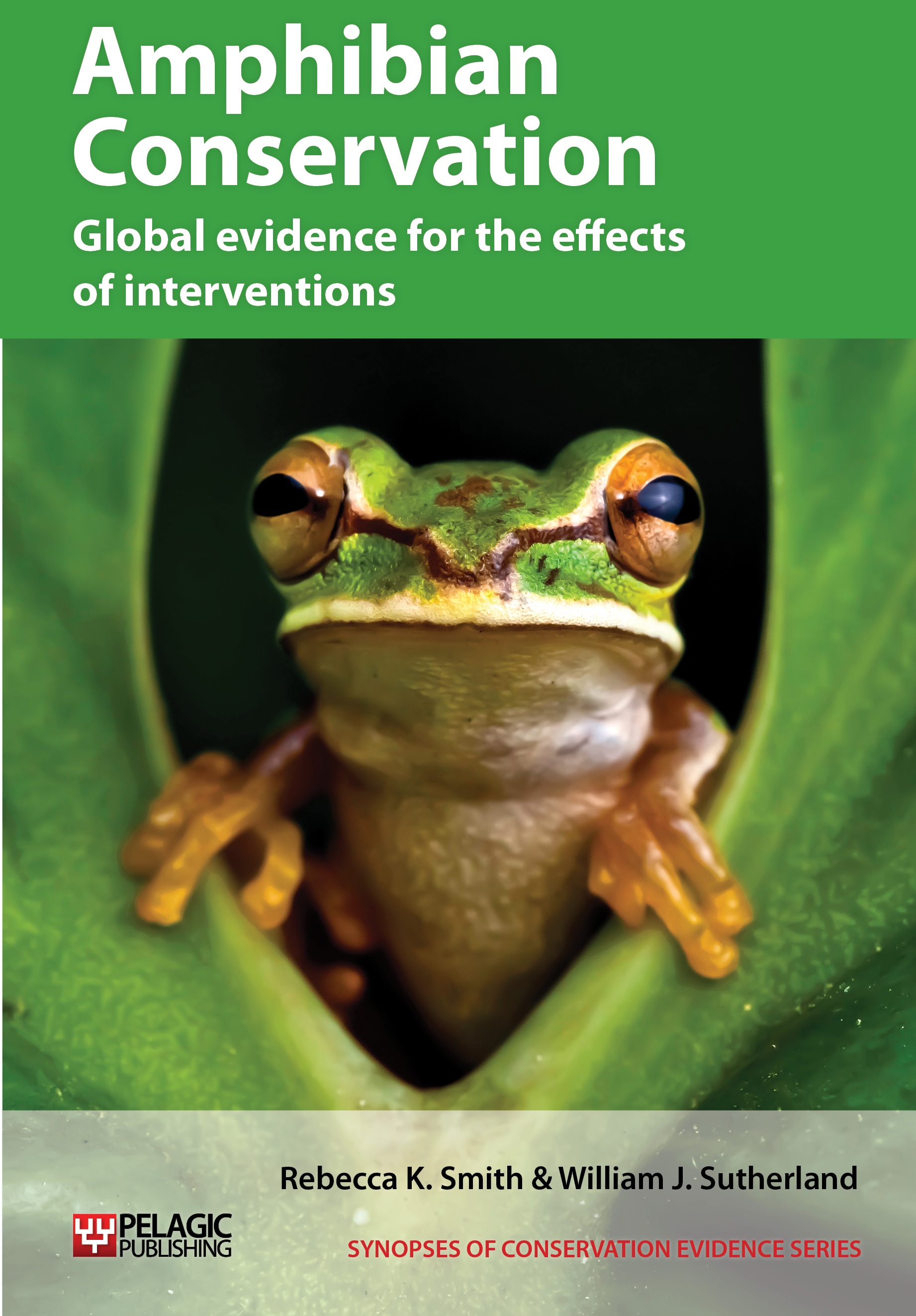Create artificial hibernacula or aestivation sites
-
Overall effectiveness category Likely to be beneficial
-
Number of studies: 4
View assessment score
Hide assessment score
How is the evidence assessed?
-
Effectiveness
50% -
Certainty
44% -
Harms
0%
Study locations
Supporting evidence from individual studies
A replicated study in 2004–2005 of three created hibernacula in parkland in Lancashire, UK (Neave & Moffat 2007) found that they were used by common frogs Rana temporaria and smooth newts Triturus vulgaris. Thirty-one frogs and nine smooth newts were captured leaving the hibernacula. Although great crested newt Triturus cristatus were recorded breeding in the adjacent pond, none were found to use the three hibernacula. Six hibernacula were created around a pond in 2002. Drift-fencing with four pitfalls were installed around three of the hibernacula in December 2004. Traps were checked in January–March 2005.
Study and other actions testedA replicated study in 2007–2008 of 10 created hibernacula at three sites in Tyne and Wear, UK (Latham & Knowles 2008) found four amphibian species near hibernacula at two of the sites. In autumn six common frogs Rana temporaria and nine common toads Bufo bufo were found under tiles at two of the sites (with six hibernacula). In spring six great crested newts Triturus cristatus, six smooth newts Triturus vulgaris, seven common toads and two common frogs were caught in pitfall traps near the two hibernacula at one of those sites. Hibernacula were constructed in 2005–2007 by excavating an area 2 x 1 m and 0.5 m deep. This was filled with rubble and covered with tree cuttings and leaves, a permeable geotextile fabric and then soil and grass turf (total height 1 m). In autumn, amphibians were surveyed using six roofing felt tiles (0.5 x 0.5 m) around each hibernaculum. At one site a combination of drift-fencing and pitfall trapping was used to monitor species in spring.
Study and other actions testedA continuation of a study (Lewis, Griffiths & Barrios 2007) in 2005–2010 of four mitigation projects in England, UK (Lewis 2012) found that providing artificial hibernacula and refugia, along with other management for great crested newts Triturus cristatus helped to maintain populations. Numbers initially decreased at two sites (2005: over 100 to 19; 42 to 31), but increased to 60 newts at both sites by 2009 and 2010 respectively. Populations decreased from 2005 to 2010 at the other two sites (167 to 10; 86 to 40). Artificial hibernacula and refugia were created at sites in 1992–1999. Terrestrial habitat management was also undertaken at the sites and one site received 73 translocated newts. Monitoring was undertaken in March–May using egg searches, torch surveys, bottle trapping and mark-recapture.
Study and other actions tested
Where has this evidence come from?
List of journals searched by synopsis
All the journals searched for all synopses
This Action forms part of the Action Synopsis:
Amphibian Conservation
Amphibian Conservation - Published 2014
Amphibian Synopsis





)_2023.JPG)














